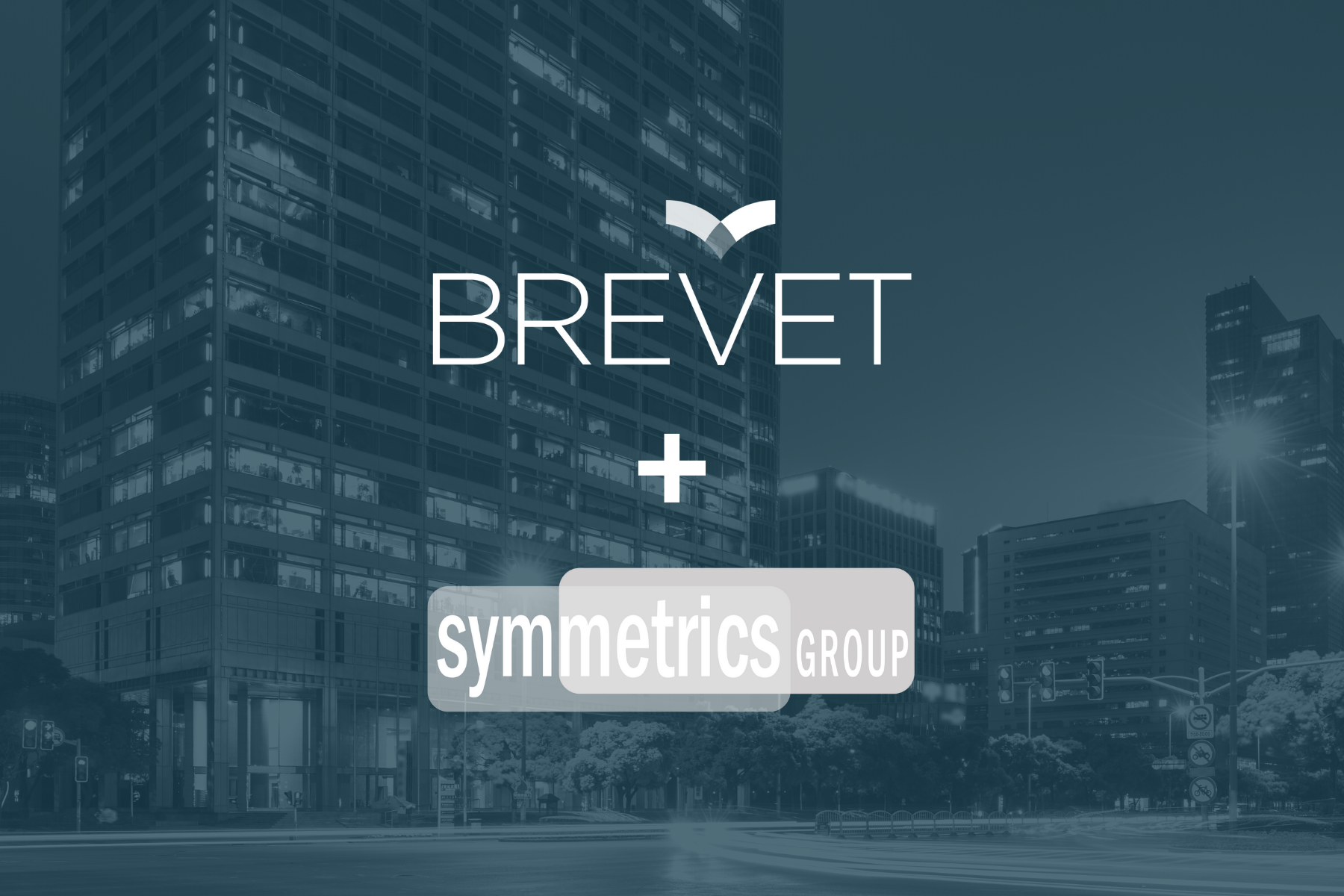Framing The Customer’s Problem Can Be The Hardest Part of Selling
Talk to any rep and ask: “How often do your customers misdiagnose their pain points?” The typical response will be something along the lines of… “All the #$&%^ time”.
Making matters worse, this wrong view of the problem leads buyers to pursue the wrong solution. The effective modern seller is more diagnostic consultant than pitch person. Accurately identifying the root cause problem and the right solution takes time and distinct seller behaviors.
Most sellers would agree that framing the customer’s problem can be the hardest part of selling. Doing this well is the key to getting complex deals to close. It's nearly impossible to agree on a solution or way-forward if the buyer's understanding of the original issue is wrong or fuzzy. As Charles Kettering, the former head of research at GM, famously said, "A problem well-stated is a problem half-solved."
The problem definition process is further complicated because so many people are involved in each deal. In today’s selling environment, a seller isn’t just trying to gain clarity around one buyer’s definition of the problem. She's trying to get all stakeholders involved to view the issues with the same lens.
Not surprising, our research shows reps are spending more and more time in the problem-definition process. One seller we spoke with recently recalled a project that involved nearly 18 months of dialog with the buyer to gain clarity on the issues.
Avoiding quality problem definition is a non-starter. The critical question becomes, how can sellers improve the effectiveness and efficiency of this process? And in doing so, how can they also engineer an approach that builds alignment across multiple influencers?
The key is taking a structured process that addresses three things:
- The customer's pain point
- The end-result or goal
- The bridge to get there
Great reps proactively address all three. They facilitate a dialog to make sure all stakeholders successfully align on each of these three elements.
To use an example outside of sales, imagine a family of four making what should be a simple decision: What should we do for dinner?
- First, the group has to align on the pain point: we’re hungry and need to eat. Each person could have his or her own perspective on this problem. The adolescent boy thinks he's 'starving', but the younger daughter really doesn't think she's hungry at all.
- Next, the group has to agree on the end-result or goal: in one hour we will have eaten dinner. For some that involves 'checking the box' for the ritual of the meal. But others want their empty stomachs full and satisfied.
- Finally, the group has to agree on how to get to that solution: which restaurant should we choose, how much time or money do we want to spend on this dinner outing? One parent doesn’t feel like cooking, another wants to clear out the leftovers in the refrigerator.
Sellers need to look at problem definition process with the same, more granular approach. The critical work of complex selling means facilitating clarity and stakeholder alignment around these three aspects of the problem:
1. The pain point. Complex problem solving begins with a clear view of the pain. Sometimes this pain is really an opportunity that might be missed if action isn't taken. Too many reps simply take the prospect's understanding of the issue at face value. But the best reps are more skeptical, and invest much more time in problem validation. Time spent in this activity pays off later as deals move into later stages of the process.
But there’s more to defining the problem. Each stakeholder also has to align on the definition and agree on the problem's priority. What may be a priority for HR may be considered a third or fourth tier priority for sales and vice versa. Again, reps must take charge of the process of building alignment around definition, scope, and priority.
2. The end result. Once the customer stakeholders all agree on the pain they’re trying to address, they must then agree on the end-state: What does “good” look like? If each of the buyers has a different perspective on the problem, understandably each will have a different concept for the ideal future state.
Again, the rep must have strong situational awareness of each stakeholder’s priorities and business objectives. What end result would make marketing happy? How does that compare to operations’ desired end state? Or sales? In addition to identifying all of these elements, the rep has to get them to agree on one view. Alignment and clarity around the desired end-state lays the foundation for building the case for change.
3. The path to get there. But it’s not enough to marshal agreement on the pain and ideal end-state. The rep’s final task is helping all of the stakeholders get clarity around the best way to bridge the gap. Literally how the organization should get from here to there. This includes a range of factors, including the right timeline, approach, and vendor.
Consider any common business pain. Buyers need to agree if the issue should be solved with technology. If so, what technology is best? Or, does it require a process or people solution? Once a rep builds clarity and alignment around all three of these things, he's closed himself a deal!
As we coach teams around 'stuck' deals, we pay close attention to these three parts of the situation. More times than not, we find fuzziness or disconnects in one or more of these areas. Typically, a key influencer is seeing the pain, end state, or path forward differently. To get these deals closed or unstuck, reps must work to call out these differences. The misalignment might be rooted in political issues, so building alignment likely requires considerable finesse on the part of the rep.
Don't underestimate the amount of effort to do this successfully. Left unaddressed, misalignment or poor clarity around any aspect of the problem-solution set will kill the deal. The mess will never resolve on its own. That’s why 60% or more of complex deals don’t go anywhere.
Reps need a new toolset, skillset, and mindset to execute modern opportunity management. This means a new approach to sales enablement that helps reps better diagnose and build alignment around the problem-solution set.
Access our latest research insights on how sales enablement can improve win rates and average deal sizes with a smarter approach to selling. Contact us to learn more and win more.
About The Author
 Researcher, consultant, and sales leader, Brian uses a data-driven approach to drive sales effectiveness. His clients include leading sales organizations in financial services, technology, healthcare, and professional services. Using insight from academics and change management, Brian helps senior leaders and sales enablement teams understand and succeed in today’s more demanding market. His research has been published in Harvard Business Review and other outlets.
Researcher, consultant, and sales leader, Brian uses a data-driven approach to drive sales effectiveness. His clients include leading sales organizations in financial services, technology, healthcare, and professional services. Using insight from academics and change management, Brian helps senior leaders and sales enablement teams understand and succeed in today’s more demanding market. His research has been published in Harvard Business Review and other outlets.


.jpg)

